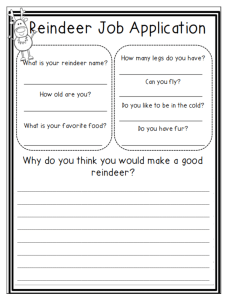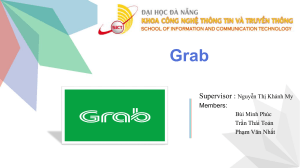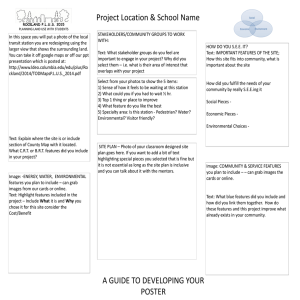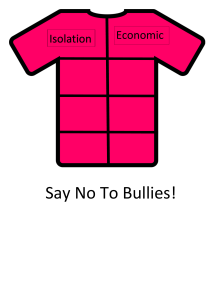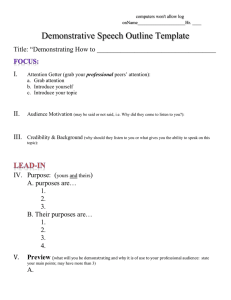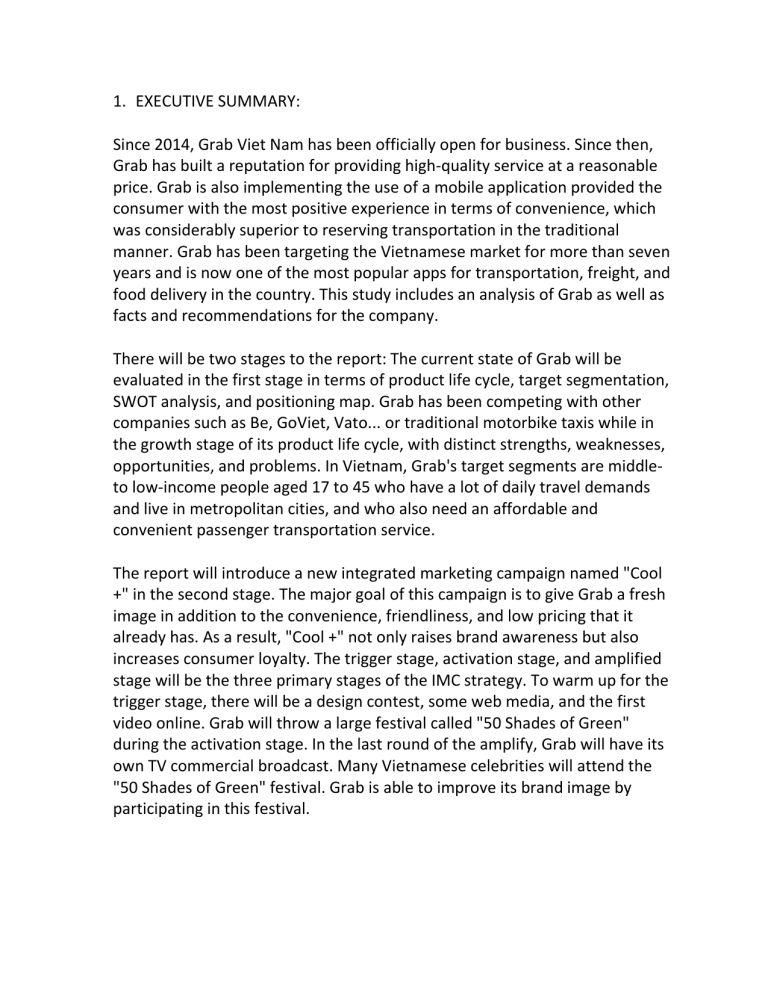
1. EXECUTIVE SUMMARY: Since 2014, Grab Viet Nam has been officially open for business. Since then, Grab has built a reputation for providing high-quality service at a reasonable price. Grab is also implementing the use of a mobile application provided the consumer with the most positive experience in terms of convenience, which was considerably superior to reserving transportation in the traditional manner. Grab has been targeting the Vietnamese market for more than seven years and is now one of the most popular apps for transportation, freight, and food delivery in the country. This study includes an analysis of Grab as well as facts and recommendations for the company. There will be two stages to the report: The current state of Grab will be evaluated in the first stage in terms of product life cycle, target segmentation, SWOT analysis, and positioning map. Grab has been competing with other companies such as Be, GoViet, Vato... or traditional motorbike taxis while in the growth stage of its product life cycle, with distinct strengths, weaknesses, opportunities, and problems. In Vietnam, Grab's target segments are middleto low-income people aged 17 to 45 who have a lot of daily travel demands and live in metropolitan cities, and who also need an affordable and convenient passenger transportation service. The report will introduce a new integrated marketing campaign named "Cool +" in the second stage. The major goal of this campaign is to give Grab a fresh image in addition to the convenience, friendliness, and low pricing that it already has. As a result, "Cool +" not only raises brand awareness but also increases consumer loyalty. The trigger stage, activation stage, and amplified stage will be the three primary stages of the IMC strategy. To warm up for the trigger stage, there will be a design contest, some web media, and the first video online. Grab will throw a large festival called "50 Shades of Green" during the activation stage. In the last round of the amplify, Grab will have its own TV commercial broadcast. Many Vietnamese celebrities will attend the "50 Shades of Green" festival. Grab is able to improve its brand image by participating in this festival. COMPANY BACKGROUND After a classmate complained about the difficulty of hailing a taxi in Malaysia, Harvard student Anthony Tan drew up an idea for an Uber-based taxi booking software in 2011. Tan eventually came up with a booking service, which he pitched at the 2011 Harvard Business Plan Competition, where he placed second, allowing him to attract angel investors. MyTeksi was the first service to emerge in 2012, and it swiftly grew into GrabTaxi, then Grab. Grab is now available in 30 cities in Malaysia, the Philippines, India, Thailand, Singapore, Indonesia, including Vietnam. The Grab application is a service that connects passengers with vehicle or motorcycle drivers. Grab Taxi, GrabCar, GrabExpress, GrabFood and GrabBike are the five services offered via a mobile application. Grab is gradually gaining confidence among its target clients, with the simple goal of making Southeast Asia a better place. In mid-2018, Grab initially declared its desire to become a "super app." Grab's ecosystem already has the components in place to achieve its goals at the time. Grab began as a ride-hailing service and has now expanded to include a variety of other transportation services, forming a network of driver-partners that spans 43 provinces and cities across Vietnam. This brand has two-wheeler booking services, such as GrabBike, and four-wheeler booking services, such as GrabCar, GrabTaxi, and so on. This demonstrates that when users need to get someplace, they only need to open the Grab app to see a list of possibilities that are appropriate for their schedule and budget. Grab is using its huge network of driver partners to expand its GrabExpress freight forwarding and GrabFood food delivery services. Through a strategic partnership with Moca, Grab expanded the number of Moca e-wallets available on the Grab app in 2018. Users may transfer money in their wallets to each other, pay bills, pay at stores, charge up phones, and more every time they open the Grab app. All services are provided through Grab, a single application. Furthermore, each transaction will generate GrabRewards points, which may subsequently be swapped for other exclusive Grab incentives. With all of this in mind, it's clear that Grab carefully considers the seamlessness of the experience, allowing customers to take advantage of everincreasing convenience and benefits. The services complement and connect one another, allowing users to make payments using a single application. SITUATION ANALYSIS 1. Product life cycle: Grab service was first introduced in 2014, and it is well recognized as a new service with an increasing number of users. As a result, Grab is part of the product life cycle's growth stage. According to Product Life Cycle, the Growth stage, the second of the product life cycle's stages, is primarily responsible for establishing a product's market position, boosting sales, and increasing profit. Those goals can be met by continuing to increase customer needs through marketing and promotional efforts. This leads to the creation of Grab's IMC plan. Grab can enhance brand visibility, engagement, and sales by utilizing IMC. 2. SWOT Analysis: Strength - Grab, a pioneer in the field of ridehailing technology, first entered the Vietnamese market in 2014. - With the highest number of users and drivers in the market, Grab currently the market leader (Grab car booking accounted for 73 percent of Vietnam market share in the first 6 months of 2021, according to ABI) - The main firm (Grab Holdings Inc.) has vast financial resources so communication programs are simple to implement. - The brand identity is well-liked, and all parts of the brand identity are in a striking green color. - Effective market power is built by having a strong presence in a variety of industries (car, taxi, bike, food, delivery, etc.). - The level of safety is higher than that of the competition. - The information about the driver and the car is clear and obvious. - Display the number of vehicles available in the client area prominently to assist consumers in selecting the quickest vehicle. Oppotunities - Demand for online delivery and payment increased sharply after consumer behavior was affected by the Covid-19 epidemic. Weaknesses - Relatively heavy app (700 Mb on IOS and 100 Mb on Android) - The UX on the App is not optimized, too colorful and causes lag. - Higher prices than competitors, less discount voucher codes. - Failure to control the time and area of operation of the driver leads to a shortage of drivers in some areas. - The management of the driver is still very loose, sometimes the driver has a bad attitude. - Rates vary by weather and time of day. - Loyal customer care activities have not been really focused Threat - The number of competitors in the Vietnamese market is relatively large, the competitors have low prices, more discount programs. - The number of people using smartphones is increasing, even children are equipped with smartphones (as a result of online learning during the epidemic). - Contactless payment method will increase Grab's revenue from Moca. - Wifi is increasingly popularity in Vietnam, in addition, 4G and 5G charges are quite cheap. - Vietnam's population has a golden population pyramid structure, so the number of potential customers of Grab is relatively large. - Grab faced legal litigation with the Vietnamese government. - Grab has financial disputes: Increasing the discount rate, increasing fees, paying taxes ... with the driver. 3. Problem recognition: In general, Grab has done a good job of attracting client attention through a variety of channels, both online and offline, as seen by the fact that Grab has risen to the top of the list of options for individuals who need to commute by motorcycle in a short amount of time from to. Nonetheless, Grab's secret difficulty has been the disparity between the number of genuine users and those who are reached through Grab's marketing efforts but do not actually require the service. Given that a large population of people in need has little involvement with social media, which is one of the key channels Grabbike uses to sell online due to its huge participation and excellent results, it is an admittedly difficult problem to tackle properly. As a result, Grab could use more relevant marketing methods to reach those potential clients who may significantly increase Grab's income. MARKETING OBJECTIVE Grab is still in the growth stage, the " Cool + " campaign will run for around four months, with the primary activities and events. Mainly focusing on goals: - Customer loyalty should be consolidated and increased. - Encourage more potential clients ( New users download Grab app) - Enhance and refurbish in order to improve the brand's image and consumer interaction. "Cool +" is the name of the IMC campaign. After the campaign is implemented, this large idea allows the brand image to be updated from cheap and unprofessional to the next level - cool. The promotion will last for six months, with the focus being on the months of May to July. All activities before to May will be pre-campaign activities, which will include time for planning and advertising. "Get a cool feeling for a better experience," is the main message to convey to customers. The finest approach to describe something that is neat and awesome is to use the word "cool." "Cool" is defined as "extremely relaxed," "never goes out of style," and "no one will ever laugh at you if you use it." The IMC concept of the campaign attempts to create this sensation through a variety of methods, including a design contest, a festival, OOH, TVC, internet video, a summer promotion, and so on, all of which help to evolve the customer experience. "An cheap price yet cool and courteous driver with a stylish designed uniform," the campaign's primary visual appears in consumer perception. Turning a friendly and familiar driver with an unprofessional image into a person with a cooler appearance, attitude, and considerate manners, which communicates itself through his dress (uniform) that will attract the customer's eye at first glance. Customers will exclaim, "How cool is GRAB?" in their heads. This is an opportunity to build a fresh perception because the first brand character from customer perspective is already kind and thoughtful. The barrier of an unprofessional image in the customer's view will either vanish or become a long-lasting perception if it is upgraded to the next level.
